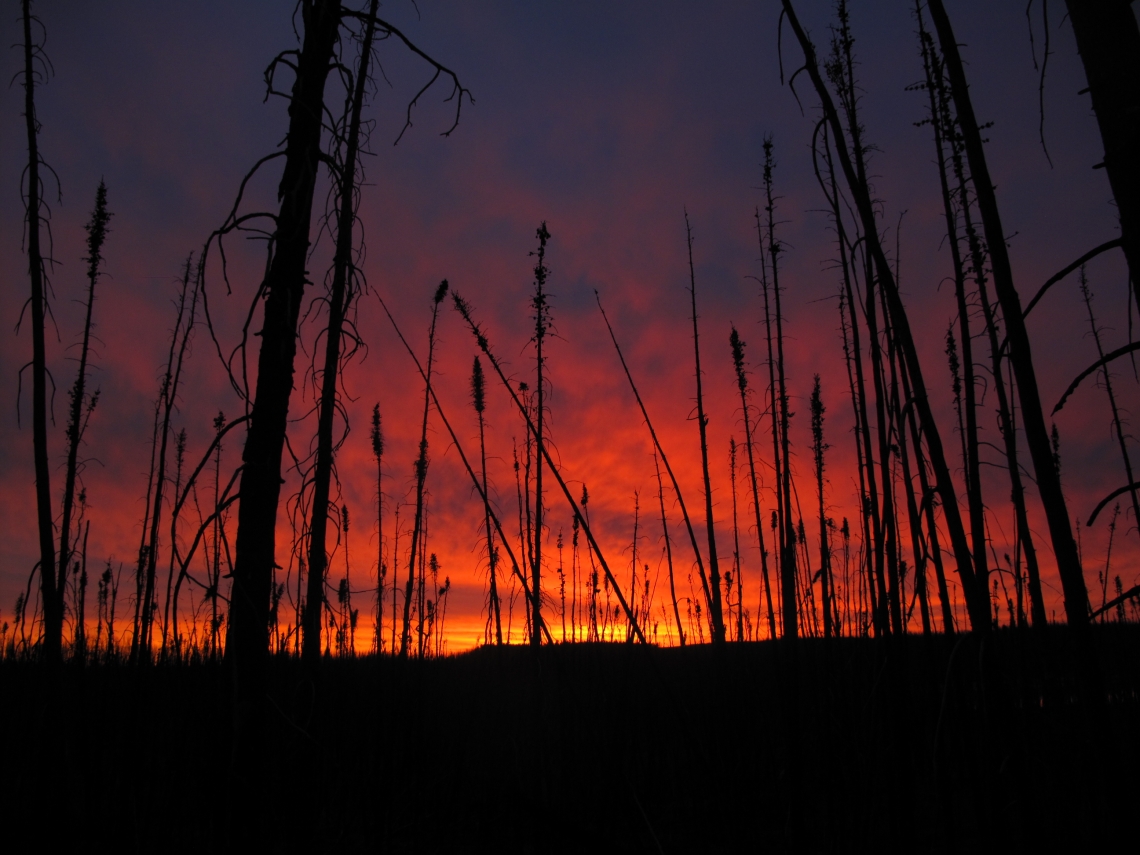Vegetation management
Content related to: Vegetation management
Forest Structure and Site Conditions of Boreal Felt Lichen (Erioderma pedicallatum) Habitat in Cape Breton, Nova Scotia, Canada
Lost in Translation? Insights into Caribou Habitat Selection from Forest Inventory Data
Fire Temperatures and Sphagnum Damage during Prescribed Burning on Peatlands
Boreal Wetlands and Waterfowl: A Commitment to Stewardship Activities in Manitoba
Alberta Biodiversity Monitoring Institute Biodiversity Browser User Survey

In 2017, the ABMI publicly released the Biodiversity Browser (BB) on its website, as a kind of "encyclopedia of life" for Alberta species. The intent of the BB has been to broadly share ABMI data and information on Alberta species to support decision-making by land-use managers and policymakers in the province. Over the last year, the BB has expanded significantly: adding new species profiles on amphibians as well as new analysis on "sector effects". If you haven't visited the BB before, check out your favourite species here.
So, the time has come to consider how the ABMI can improve the usability of the BB and incorporate new content that users are looking for. In collaboration with Ducks Unlimited Canada, and with your input, the ABMI plans to improve the BB's wetland species content. Please consider taking about six minutes of your time to provide feedback on the current BB.
Access the survey here: https://www.surveymonkey.com/r/SMQM3NF
Thank you for your time and feedback!

